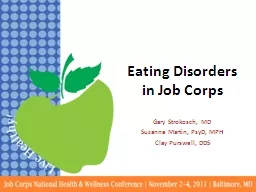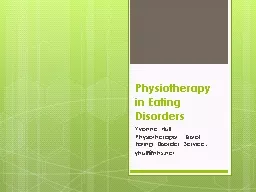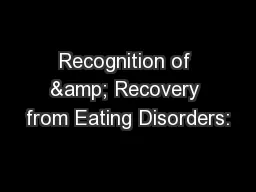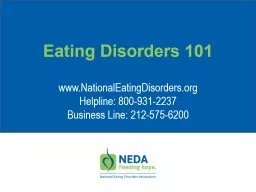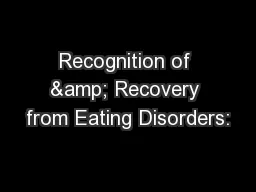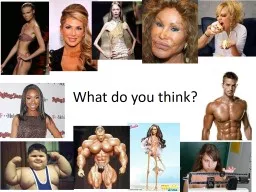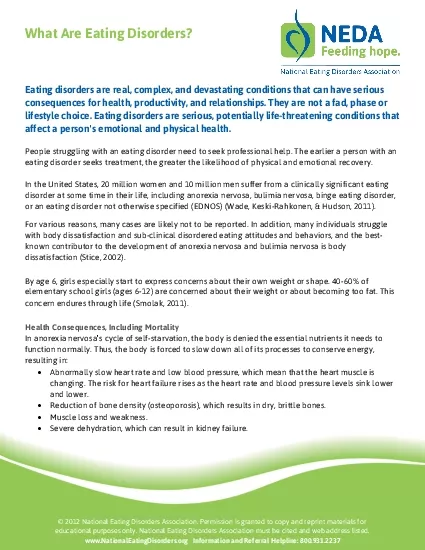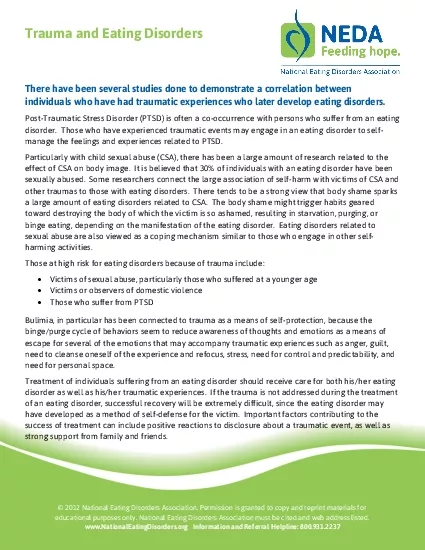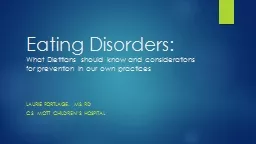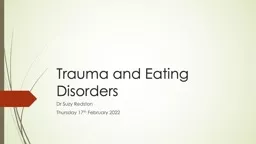PPT-Eating Disorders in Job Corps
Author : playhomey | Published Date : 2020-06-17
Gary Strokosch MD Suzanne Martin PsyD MPH Clay Purswell DDS 1994 2000 Reference D iagnostic and S tatistical M anual of Mental Disorders DSM Publication Dates
Presentation Embed Code
Download Presentation
Download Presentation The PPT/PDF document "Eating Disorders in Job Corps" is the property of its rightful owner. Permission is granted to download and print the materials on this website for personal, non-commercial use only, and to display it on your personal computer provided you do not modify the materials and that you retain all copyright notices contained in the materials. By downloading content from our website, you accept the terms of this agreement.
Eating Disorders in Job Corps: Transcript
Download Rules Of Document
"Eating Disorders in Job Corps"The content belongs to its owner. You may download and print it for personal use, without modification, and keep all copyright notices. By downloading, you agree to these terms.
Related Documents

